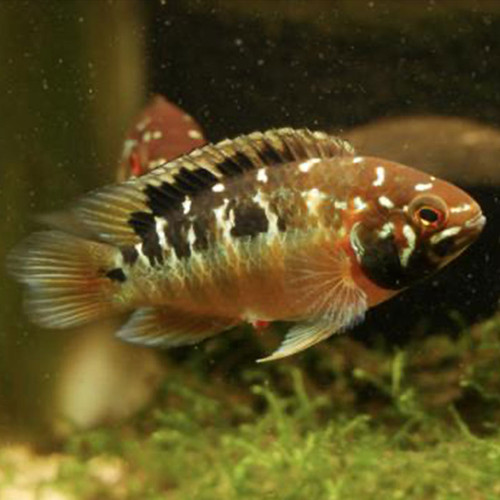Our Guide To Keeping Everglades Pygmy Sunfish
-
About Fish Species:
- Scientific name: Elassoma evergladei
- Common name: Everglades Pygmy Sunfish
- Family: Elassomatidae
- Origin: Southeastern United States, particularly found in the Florida Everglades
- Adult length: Approximately 2.5 cm (1 inch)
- Lifespan: 2 to 3 years
-
Tank Setup:
- Everglades Pygmy Sunfish thrive in heavily planted tanks with plenty of hiding places. Utilize dense vegetation, driftwood, and rocks to create natural hiding spots.
- A tank size of 10 gallons or larger is suitable for a small group of Everglades Pygmy Sunfish.
-
Water Parameters:
- Keep the water temperature between 22 to 26°C (72 to 79°F).
- They prefer slightly acidic to neutral water conditions with a pH range of 6.0 to 7.0.
-
Filtration and Water Flow:
- A gentle to moderate water flow is ideal for Everglades Pygmy Sunfish. Consider using sponge filters or low-flow filtration systems.
-
Diet:
- Everglades Pygmy Sunfish are micropredators and prefer small live or frozen foods such as daphnia, brine shrimp, and micro worms. Offer them a varied diet to ensure proper nutrition.
- They may also accept high-quality dry foods like micro pellets, but live or frozen foods should be the staple of their diet.
-
Tank mates:
- Due to their small size and peaceful nature, Everglades Pygmy Sunfish are best kept in a species-only tank or with very small, peaceful fish species.
- They may be housed with other small, non-aggressive fish that occupy different levels of the tank, such as small tetras or rasboras.
-
Behavior and Compatibility:
- Everglades Pygmy Sunfish are peaceful and shy fish that prefer to stay near cover or vegetation. They should not be housed with larger or more aggressive fish species that may intimidate them.
- They are best kept in a quiet tank with minimal disturbances to encourage natural behavior and breeding.







